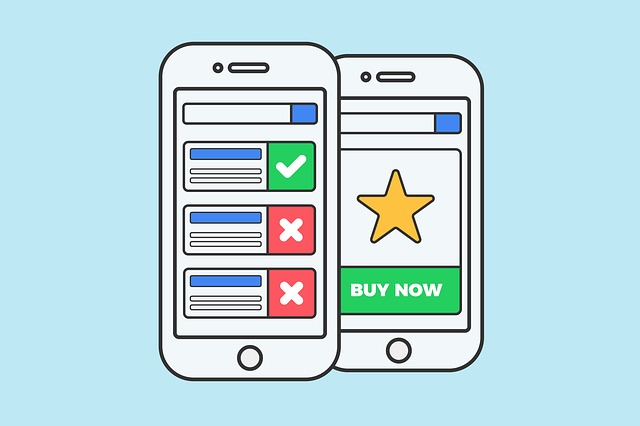
Mobile phones have forever changed the way we live our lives. We now have an app for almost everything, and we’re never without our phones for very long. This has, in turn, changed every
step of the buying journey. And while you’re studying management and marketing, it’s important to understand these changes and learn how to deal with them. That way, you’ll understand why marketing teams take a specific stance. You’ll also be in a better position to evaluate their plans more effectively and make a deliberate decision about your next move as a manager.
The Different Buying Stages
The Realization Stage
Consumers only start the buying process when they realize that they need something. They’re usually looking for a solution at this stage, rather than an actual product or service. At this step,
your team is on the wrong track if it’s pushing a hard sell. It’s far better to pique the client’s interest so that she wants to find out more. Perhaps the team could look into something that saves the client time or money.
This is the time to start showing customers that the product your company is offering might be a good solution for them. Your team should focus on offering them good information and, through
that information, convince them that your product is the only real choice. Here, the focus is more on providing useful, high-quality content than just a straight-out sales pitch. It might also be useful to focus on giving a recommendation or a discount offer related to your products to motivate them to start the process.
Your marketing team could try sending push or SMS notifications to let them know about the offer.
The Information Gathering Stage
Here is the opportunity to target clients searching for specific information. At this stage, your team must make more of an effort in presenting your product as the solution to the client’s needs. You could suggest that your marketing team use the following:
- Mobile ads
- Pop-ups within an app. Let’s say that consumers were searching for belts. A triggered pop-up discount offer for belts would be perfectly timed.
- Location-based marketing.
The Evaluation Stage
During this stage, the client has narrowed down her options. Here, she’ll be spending more time evaluating the features of the products that she’s considering and any alternative options.
Mobile devices made this stage a lot easier for consumers. They can compare options in real-time at the store to ensure that they’re getting the best deal. At this point, your team must spend time to showcase your product in a far better way than your competitors. Here, you can suggest them to use the following types of campaigns:
- Mobile search ads
- Mobile app notifications
- Mobile display ads in the aisles
- Bluetooth marketing.

The Purchasing Stage
The clients have made the decision and are buying your product. Marketing has done its work and gotten them to purchase. Now you’ve got to make sure that the buying process is as pleasant as possible. Mobile services can be useful here because they facilitate easy payment options. You’ll need to work in close consultation with your web design and IT departments. A good idea is to go through the sales process yourself and see how smoothly it runs. Did you find it easy to pay?
When setting up payment methods, you’ll need to consider options that are useful for the client and cost-effective for the company. It’s impractical to offer every method on the planet, but do
look at some diverse methods. For example, an e-commerce store might offer standard debit and credit card payments, QR code payments, PayPal, Bitcoin, and so on. Think about your target market and what methods they’re bound to employ before making a decision.
Get the marketing department involved here too. Just because the sale has been completed, it doesn’t mean that there’s no more mileage out of it. Think about a consumer who has just bought a litter box. He obviously has a cat at home. So what if the marketing department sent him a discount voucher for cat toys or kibble? You’re going to want your marketing department to come up with related products here. While you’ve still got your web design team around, speak to it about setting an abandoned cart trigger point too.
The Post-Purchase Stage
The consumer has made the purchase, and now she has expectations for your product. If it doesn’t live up to those expectations, it could be problematic. Mobile tech at this stage could be used to update her on the delivery status of her goods. Have your customer relations department set up triggered in-app pop-ups to get them to evaluate the product and purchase process. This could allow you to catch mistakes and correct them quickly enough that the relationship is made stronger.
Here is a cool infographic showing how businesses use Mobile Marketing to their advantage.
Infographic Credit: https://99firms.com/blog/mobile-marketing-statistics/

Final Notes
Mobile phones should be seen as a boon for marketers and management. They allow these departments to work together effortlessly, as you saw above. By understanding more about mobile marketing, you’re able to provide the client with the right information at the right stage.
Asking questions are genuinely pleasant thing if you are not understanding something fully, but this post offers nice understanding yet.